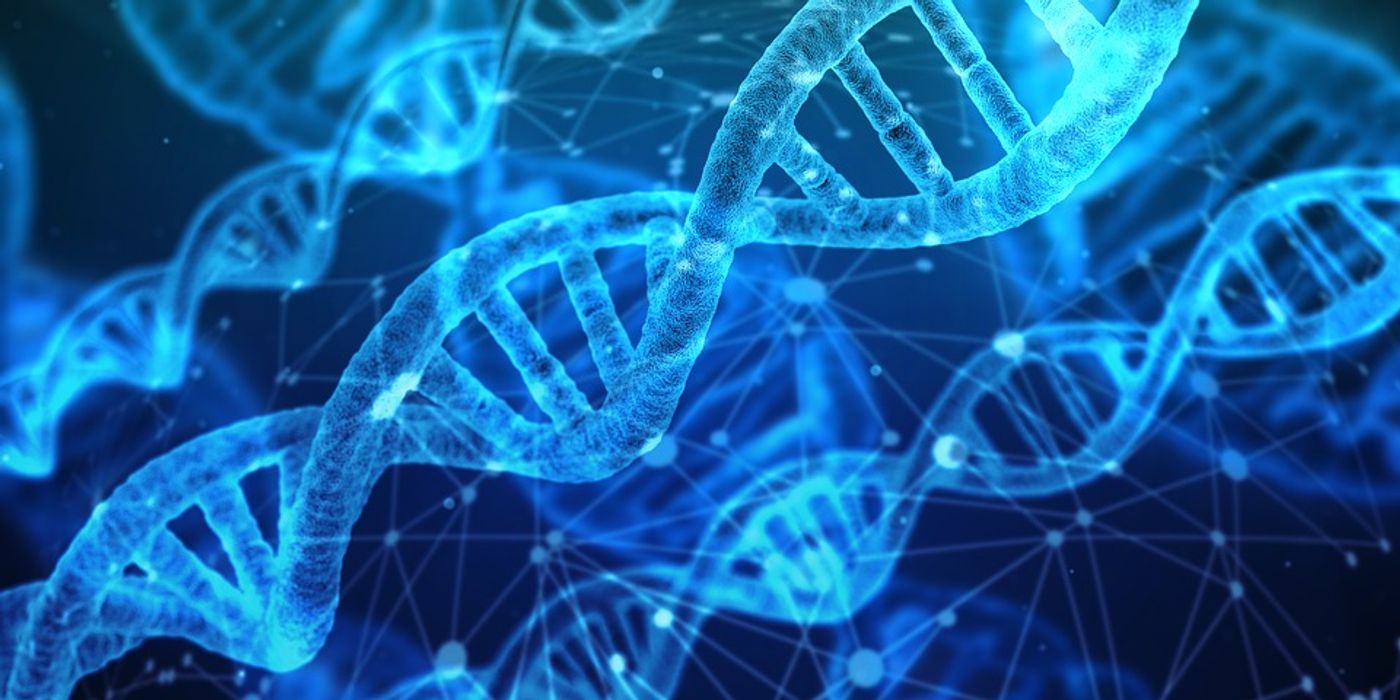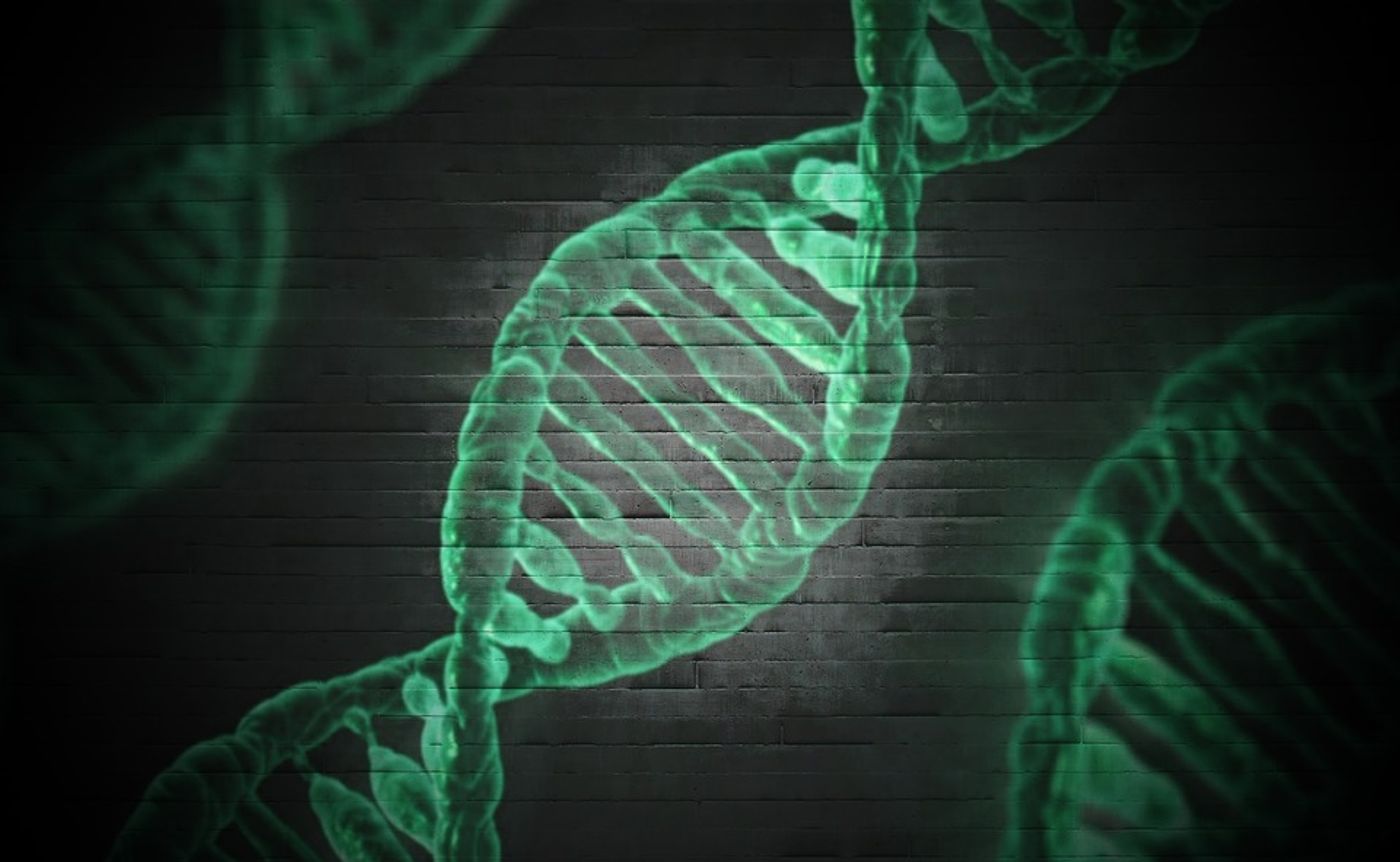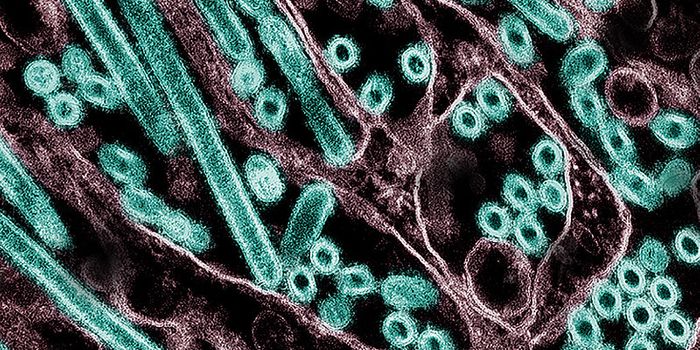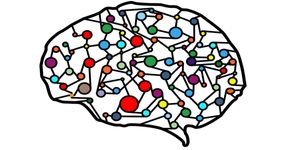A Revealing Look at Rare Disease Incidence
Being diagnosed with a rare disease can be especially terrifying for patients. After all, many of these diseases have no treatment options. This is because drug companies tend to neglect these conditions in favor of more common health problems for which treatments would be more lucrative. Though legislation has been passed to incentivize the development of drugs for these conditions, studies for them often remain underfunded.
Some rare conditions of the heart include anomalous coronary artery, aortic stenosis, and Ebstein’s abnormality. These are some of the more common rare concerns of the heart. These conditions alone affect thousands of patients annually.
Though a diagnosis might be concerning, many patients wait as long as decades to be diagnosed because their specific conditions are so uncommon.
This is concerning because an analysis of the available data reveals that rare diseases are, in fact, not so uncommon. In order should be classified as a rare disease in the United States, a condition must affect fewer than 200,000 people. There may be as many as 7000 diseases which fall into this classification.
It is estimated that this totals to between 25 and 30 million people.
Previous to this analysis, which was published in the European Journal of Human Genetics, scientists had no real concept of how prevalent rare diseases are.
The Orphanet database mainly conducts global tracking of these conditions. This database was established in 1997 by the National Institutes for Health and Medical Research in France. The database is a comprehensive record of rare disease incidence. According to those at Orphanet, about 300 million people worldwide live with a condition classified as rare.
In addition to Oprhanet, a group of 40 countries now works together to pull data on rare conditions. The goal of this group is to highlight how rare diseases not so rare.
Other notes from the researchers responsible for the analysis include: 71.9% of these diseases having a genetic basis. Additionally, 69.9% of them were diagnosed in childhood. Also notable, 80% of rare disease patients had only one of the 149 conditions tracked by Orphanet.
Since 1983 the US Office of Orphan Product Development (OOPD) has incentivized companies to approve over 400 drugs and products for the treatment of rare diseases.
The video above goes into detail about one man's experience with a rare heart condition.
Sources: European Journal of Human Genetics, Intermountain Healthcare










